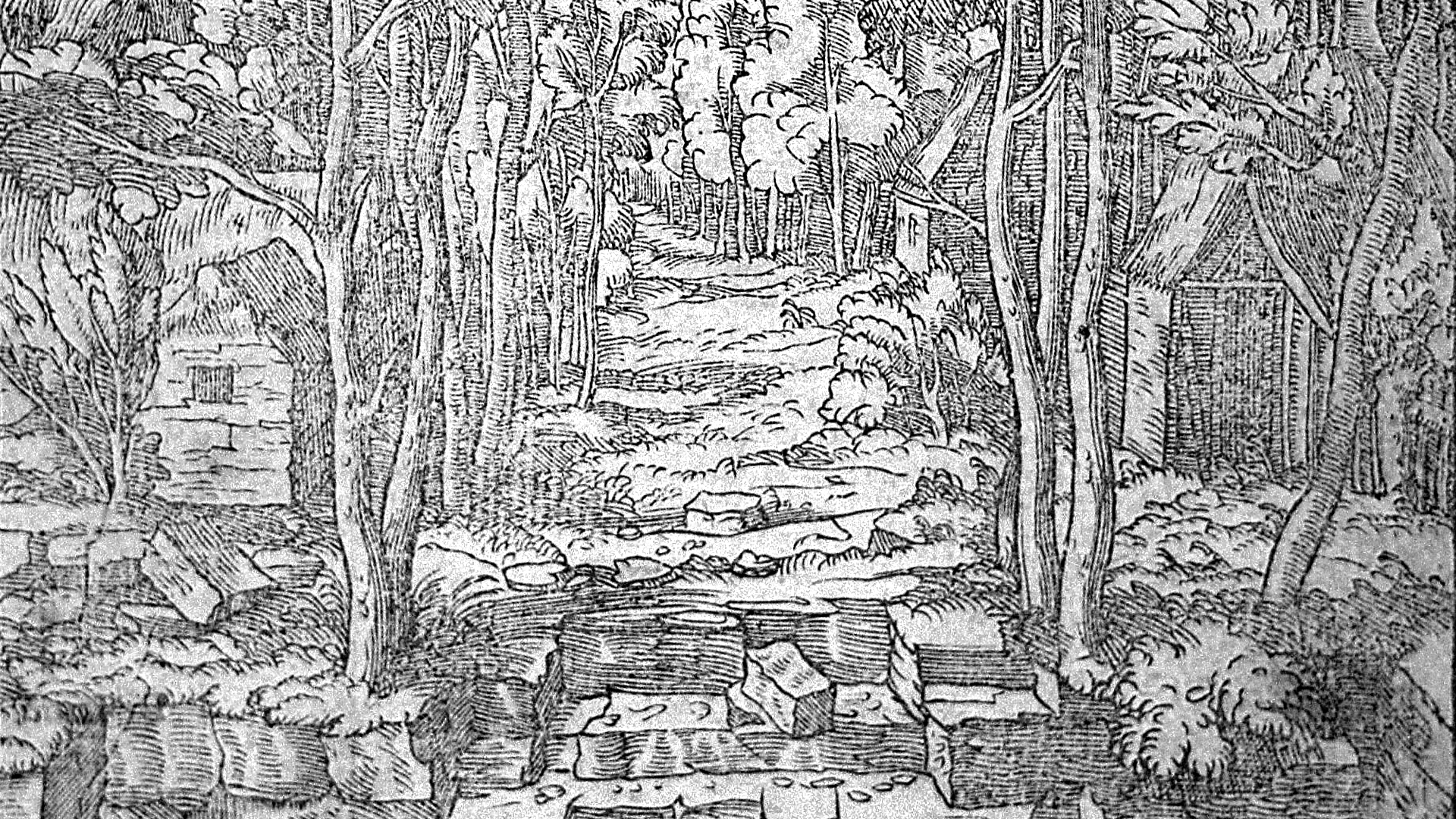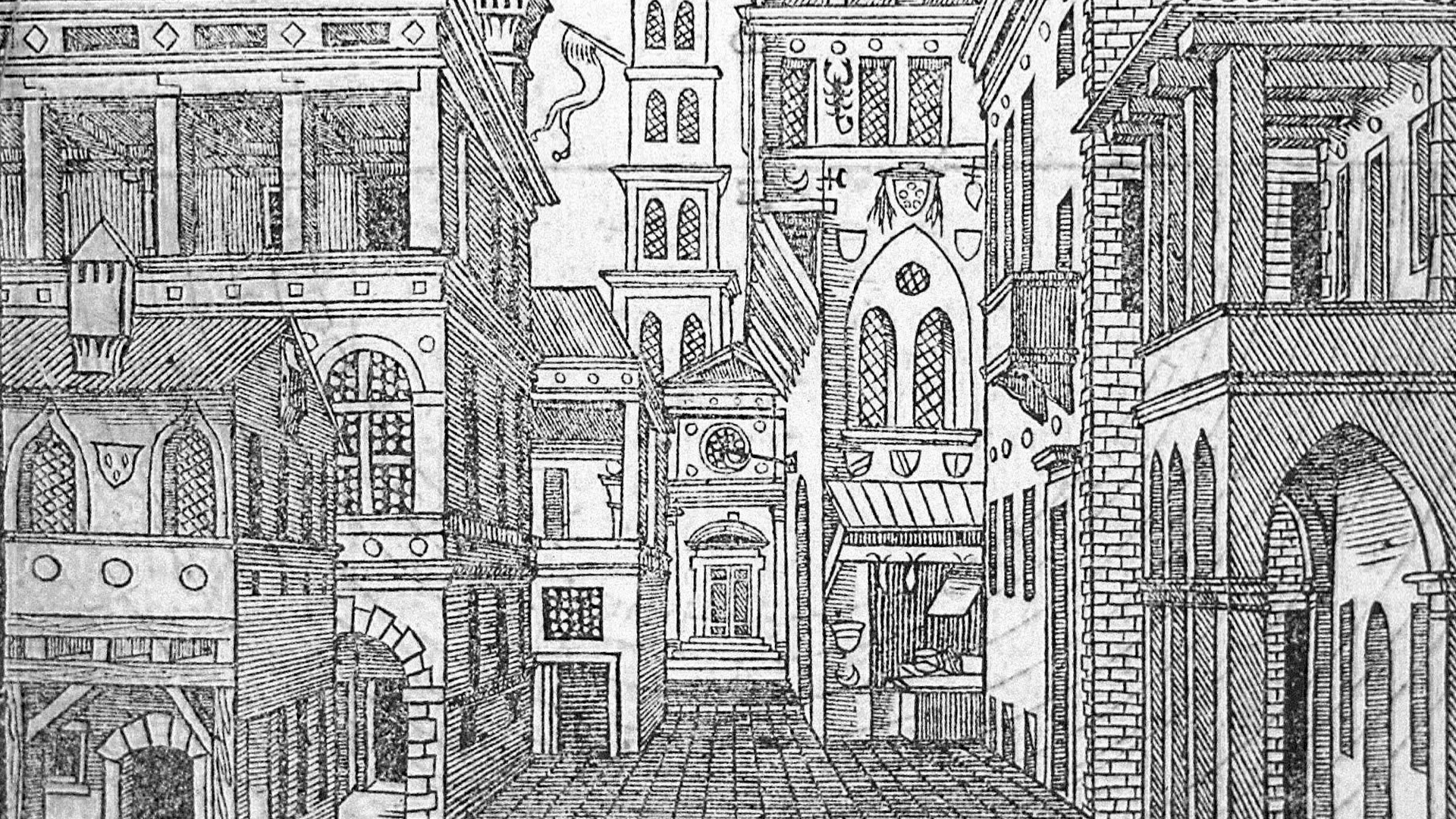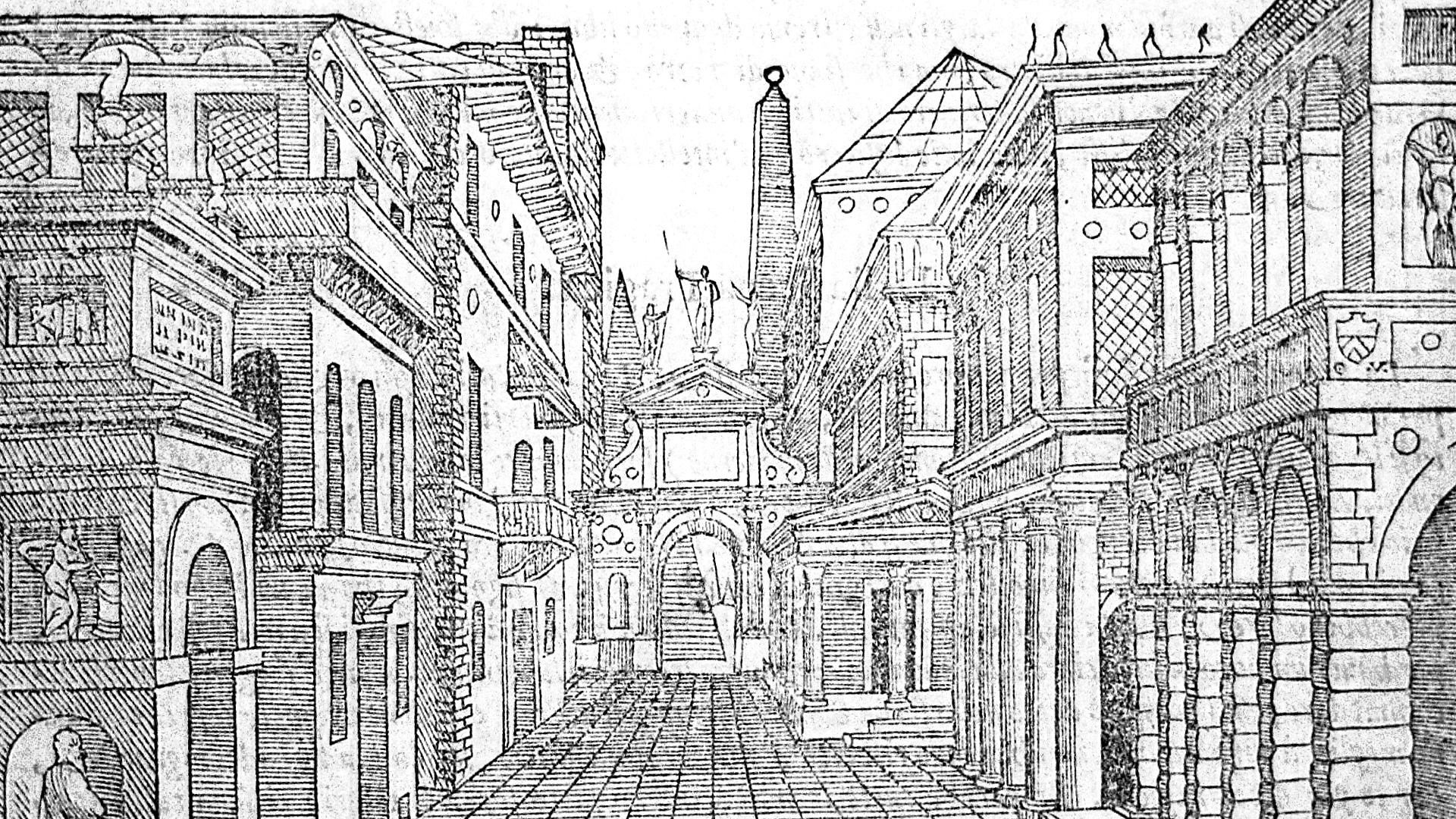Arts of Science Laboratory
Digital Transition and Analogical Continuity
The Art of Sciences laboratory (LAPIS) investigates the processes of representing scientific thought through figurative tools offered by artistic disciplines.
The laboratory’s scientific mission is to investigate the role of implicit knowledge derived from analogical practices in the explicit automation of production processes. Therefore, research and teaching activity explores theoretical and practical implications of handcrafting specifically in the field of digital representation (image analysis, synthesis and processing), while developing strong cultural foundations and critical independent thinking.
The virtual representation of architecture, city and territory is cast as a humanist discipline that questions the very nature of design and the definition of the architecture discipline.

The laboratory has inherited EPFL’s long-standing tradition of studying vernacular and monumental heritage. Since 2014, fifteen analysis campaigns were carried out on architectural heritage across country involving more than 500 technicians and students in field investigation. Such campaigns have enabled LAPIS to develop a new system of ‘representation codes’ and ‘standards’ that integrate, in a (…)

LAPIS’ primary objective is to advance digital practices in architectural representation while sustaining a continuous dialogue with the figurative tradition, both in the pictorial pursuit of truth and architectural drawing in its speculative and timeless dimension. A major contribution to this field is the development of a specific operational method for both analysis of artworks (…)

LAPIS investigates the theoretical and practical implications of compositive practices as a design methodology in arts and architecture.The laboratory provides a practical take on the Aristotelian concepts of ‘analogy’ and ‘verisimilitude’ by developing a dialectical approach to design based on revealing affinities and composing fragments. Rural and urban repertoires become the subject of inquiry with (…)